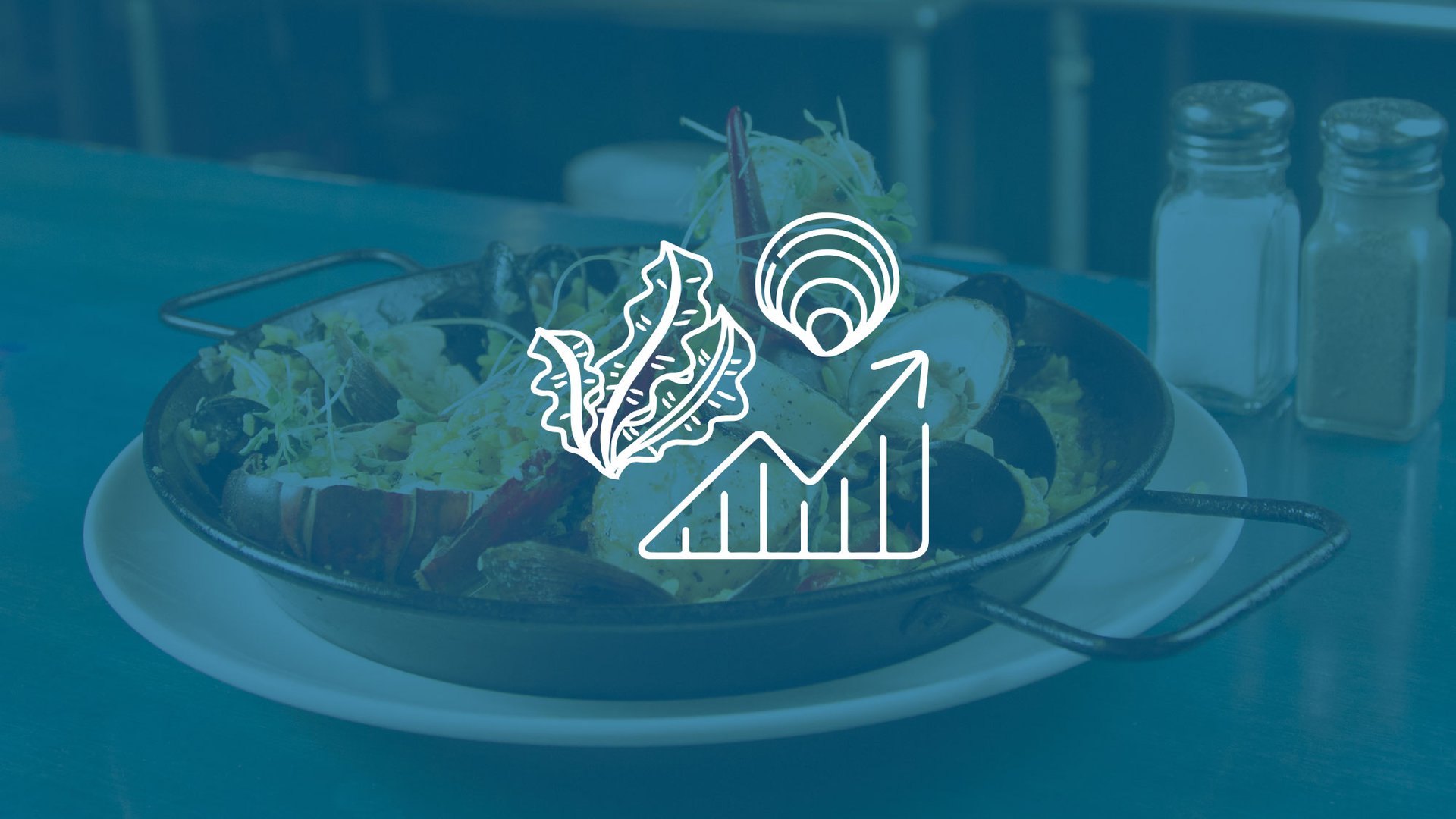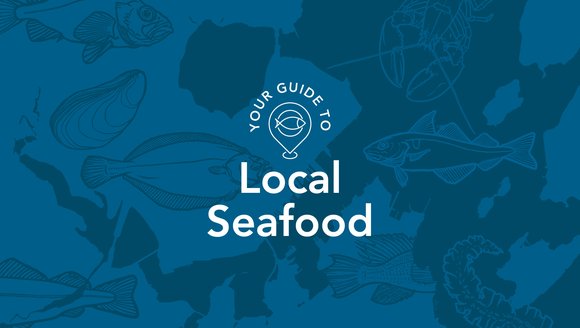Five Reasons to Eat Gulf of Maine Seafood
Perspectives | Oct 14, 2024
by Kyle Foley
Sustainable Seafood Director
We have an abundance of delicious, healthy seafood in the Gulf of Maine. Read on to see why you should feel good about eating seafood sourced from our own cool waters.

As part of our effort to build demand for local seafood, we published our top five reasons to eat Gulf of Maine Seafood:

Our commercial fisheries are among the most well-managed in the world. You can feel confident choosing seafood from the Gulf of Maine, knowing the species is carefully managed through a rigorous scientific process.
Fishermen in our region live with a lot of restrictions, including when and where they can fish, as well as the species, size, and amount of fish they can land. Sea farmers also must comply with a suite of rules, limiting where they can farm, what they can put in the water, and their impacts on the environment.

Buying local seafood supports fishermen and their families, and it keeps our coastal communities thriving. In order to run their businesses, fishermen purchase fuel, bait, and other marine supplies, which supports local businesses big and small.
Seafood is at the core of our region’s economy and an important part of our cultural identity. You can use our Guide to Local Seafood to seek out restaurants and retailers participating in our Gulf of Maine Tastemakers program — a program where businesses are publicly committed to sourcing local seafood.
From the boat to the plate, when you buy local seafood, you are supporting hard-working people up and down an interconnected supply chain. Meet some of the people involved in bringing seafood from the water to our plates, and get a behind the scenes look into what it's like to fish for, process, and distribute seafood in the video below.

Did you know we import 70-90% of the seafood we consume here in the U.S.? Meanwhile, local fishermen leave hundreds of thousands of pounds of abundant Gulf of Maine species unharvested each year, due to lack of demand. Lesser-known fish such as redfish, pollock, flounders, and whiting are bountiful (and equally as tasty) as more popular species like cod and haddock.
With so many delicious fish available right here in the Gulf of Maine, why look elsewhere? Let’s work together to build value and demand for local seafood!

When it comes to environmental impact, seafood has a smaller carbon footprint than other animal proteins, like beef and pork, which require large amounts of land, water, and feed to produce.
For an even greener option, choose seafood harvested locally and eat a broader diversity of species. As climate impacts shift the availability of different species in the Gulf of Maine, it’s helpful for fishermen, sea farmers, and our ecosystem to be flexible to what the ocean has to offer.

Seafood is a superfood. Eating a diversity of fish, shellfish, and sea vegetables provides a range of vitamins, minerals, and nutrients that are extremely good for us and sometimes hard to get from other foods we eat.
Seafood is also especially good for kids’ growing bodies, brains, and hearts. This is one of the many reasons we are working to get more local seafood into K-12 school cafeterias.
Gulf of Maine Explained: Sustainable Seafood
In the below video, Sustainable Seafood Director Kyle Foley highlights the abundance of delicious seafood from the Gulf of Maine, outlines some of the challenges facing local markets, and explains how you can make a difference.
Take Action
Your Guide To Local Seafood
Explore the map of regional restaurants and retailers that are part of our Gulf of Maine Tastemakers program and are committed to sourcing at least …
Perspectives|Oct 10, 2024




